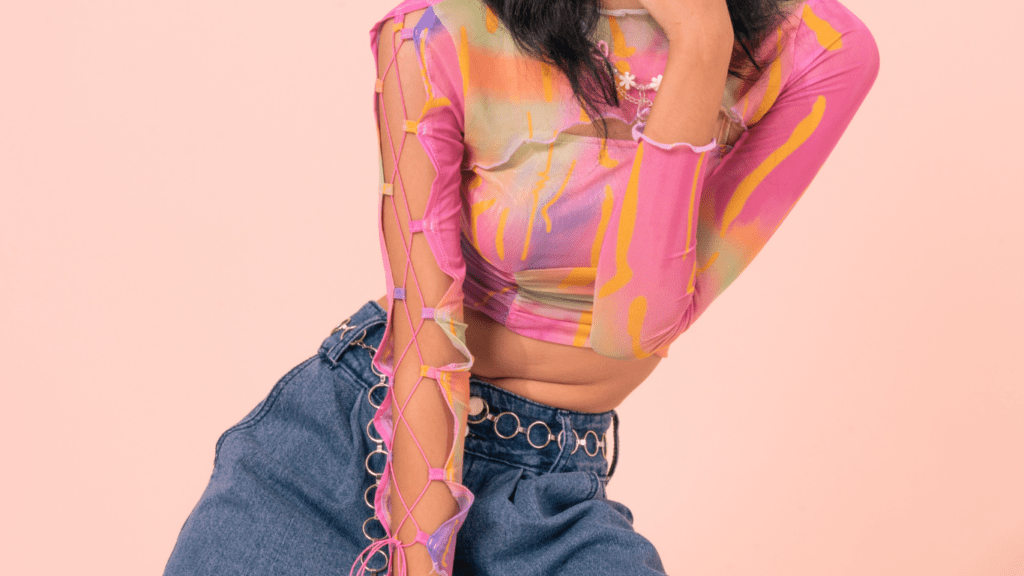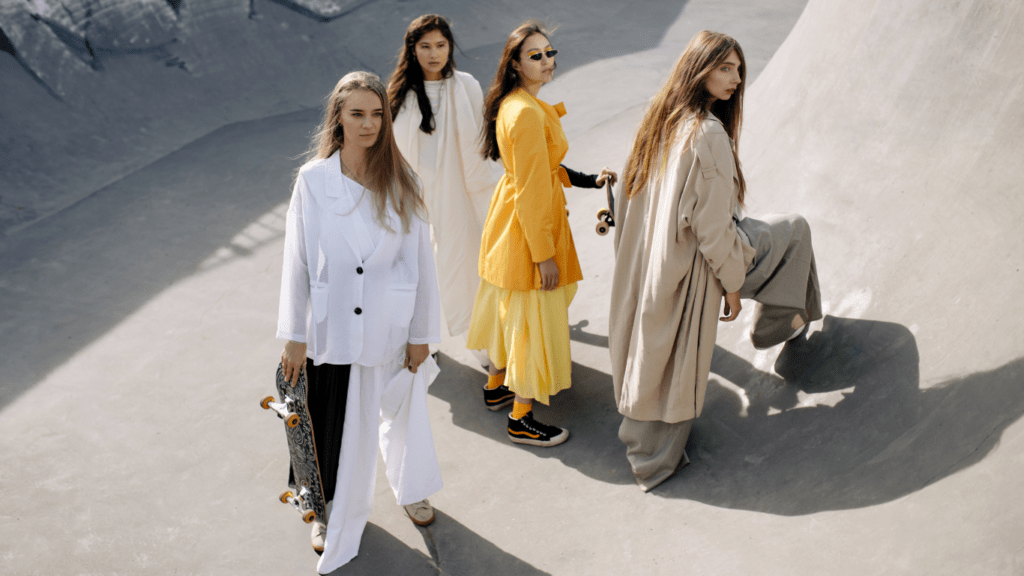Venturing into the captivating realm where creativity meets style, I’ve always found the intersection of art and fashion to be a dynamic playground of innovation and expression. The fusion of these two worlds not only shapes trends but also reflects the cultural zeitgeist of our time. From runway shows to avant-garde collaborations, the synergy between art and fashion continues to push boundaries and redefine aesthetic norms.
As I delve deeper into this symbiotic relationship, I uncover how artists inspire designers, and vice versa, leading to groundbreaking creations that blur the lines between wearable art and artistic fashion statements. Join me on this exploration as we unravel the intricate tapestry woven by visionaries from both industries, showcasing how artistry and sartorial elegance converge to influence our perceptions of beauty and style.
The Evolution of Art Influencing Fashion
Art influencing fashion is a captivating journey that reveals the symbiotic relationship between creativity and style. Throughout history, key moments have shaped the way art inspires and transforms the world of fashion. Prominent artists and designers have played pivotal roles in this evolution, bridging the gap between artistic expression and sartorial innovation.
Key Historical Moments
- Renaissance Revival: During the Renaissance period, art experienced a rebirth that transcended traditional boundaries. This era marked a shift towards individualism and creativity, influencing fashion with its intricate patterns and luxurious fabrics.
- Avant-Garde Movement: The avant-garde movement of the 20th century revolutionized artistic expression, pushing the boundaries of conventional design. Visionary artists like Salvador Dali and Coco Chanel challenged norms, inspiring fashion with their bold concepts and unconventional aesthetics.
- Pop Art Impact: The emergence of pop art in the 1960s brought a new wave of creativity to the art and fashion world. Artists like Andy Warhol and designers such as Yves Saint Laurent embraced vibrant colors and graphic elements, shaping a contemporary fusion of art and style.
- Leonardo da Vinci: Renowned for his artistic mastery, Leonardo da Vinci’s timeless creations continue to inspire modern fashion designers. His innovative approach to blending art and science resonates in contemporary garments that combine form and function.
- Alexander McQueen: A visionary in the fashion industry, Alexander McQueen’s avant-garde designs pushed artistic boundaries. His runway shows were immersive experiences, reflecting his deep connection to art, history, and cultural influences.
- Frida Kahlo: Known for her iconic self-portraits and bold style, Frida Kahlo remains a symbol of artistic empowerment. Her vibrant colors and indigenous motifs have influenced fashion trends, celebrating individuality and cultural heritage.
Characteristics of Art in Fashion Design
Art in fashion design encompasses various elements that bridge the worlds of creativity and style, leading to innovative and visually captivating creations that transcend time.
Use of Color and Texture
In art-inspired fashion design, the use of color and texture serves as a powerful means of self-expression and storytelling. Bold and vibrant hues, reminiscent of a painter’s palette, infuse garments with personality and emotion. The interplay of textures, whether through intricate embroidery or luxurious fabrics, adds depth and tactile interest to designs, elevating them to wearable works of art. The rise of shirt printing as a popular medium for artistic expression further highlights the fusion of art and fashion, allowing designers and artists to create wearable canvases that showcase intricate designs, cultural symbols, and bold statements.
Symbolism and Cultural References
Symbolism and cultural references play a pivotal role in art-infused fashion, conveying messages and narratives beyond mere aesthetics. Designers often draw inspiration from art movements, historical periods, or indigenous traditions to imbue their creations with deeper meaning. From incorporating ancient symbols to paying homage to diverse heritages, fashion becomes a canvas for cultural dialogue and storytelling, enriching the sartorial landscape with diverse perspectives and narratives.
Case Studies: Iconic Art and Fashion Collaborations
I’ll dive into specific examples that highlight the intersection of art and fashion, showcasing how renowned artists and designers have collaborated to create influential and innovative pieces.
Warhol and Fashion
Andy Warhol, a key figure in the Pop Art movement, collaborated with fashion designer Halston in the 1970s. Their partnership resulted in iconic designs that blurred the lines between art and fashion, incorporating Warhol’s signature vibrant colors and bold patterns into Halston’s glamorous garments. This collaboration epitomized the fusion of art and fashion, shaping the visual landscape of that era.
Contemporary Collaborations
In the modern fashion landscape, collaborations between artists and designers continue to thrive. Brands like Louis Vuitton and Supreme have joined forces with contemporary artists such as Jeff Koons and Takashi Murakami to create limited-edition collections that merge high fashion with street art. These partnerships not only bridge the gap between luxury and urban culture but also redefine traditional notions of art and fashion, appealing to a diverse audience with a passion for both creativity and style.
Impact on Modern Fashion Trends
Art has a profound impact on shaping modern fashion trends by infusing creativity and ingenuity into the industry. Let’s explore how art continues to influence and inspire the world of fashion today.
Streetwear and High Art
In recent years, the intersection of streetwear and high art has become increasingly prominent in the fashion world. Brands like Off-White and Supreme have collaborated with renowned artists, blurring the lines between street culture and high-end fashion. These collaborations bring a fresh perspective to traditional fashion norms and appeal to a younger, more diverse audience.
Sustainability in Fashion
The influence of art on modern fashion trends extends to the realm of sustainability. Designers are incorporating artistic elements into their sustainable collections, emphasizing the importance of ethical practices and environmentally friendly materials. By merging artistry with a commitment to eco-consciousness, the fashion industry is evolving towards a more sustainable and socially responsible future.



